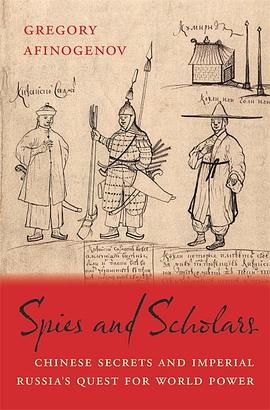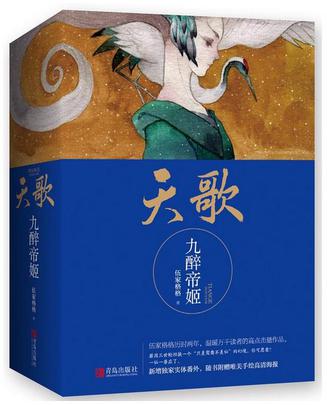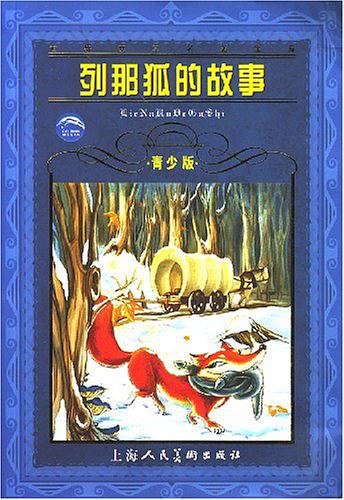Spies and Scholars
内容简介
The untold story of how Russian espionage in imperial China shaped the emergence of the Russian Empire as a global power.
From the seventeenth to the nineteenth century, the Russian Empire made concerted efforts to collect information about China. It bribed Chinese porcelain-makers to give up trade secrets, sent Buddhist monks to Mongolia on intelligence-gathering missions, and trained students at its Orthodox mission in Beijing to spy on their hosts. From diplomatic offices to guard posts on the Chinese frontier, Russians were producing knowledge everywhere, not only at elite institutions like the Academy of Sciences in St. Petersburg. But that information was secret, not destined for wide circulation.
Gregory Afinogenov distinguishes between the kinds of knowledge Russia sought over the years and argues that they changed with the shifting aims of the state and its perceived place in the world. In the seventeenth century, Russian bureaucrats were focused on China and the forbidding Siberian frontier. They relied more on spies, including Jesuit scholars stationed in China. In the early nineteenth, the geopolitical challenge shifted to Europe: rivalry with Britain drove the Russians to stake their prestige on public-facing intellectual work, and knowledge of the East was embedded in the academy. None of these institutional configurations was especially effective in delivering strategic or commercial advantages. But various knowledge regimes did have their consequences. Knowledge filtered through Russian espionage and publication found its way to Europe, informing the encounter between China and Western empires.
Based on extensive archival research in Russia and beyond, Spies and Scholars breaks down long-accepted assumptions about the connection between knowledge regimes and imperial power and excavates an intellectual legacy largely neglected by historians.
......(更多)
作者简介
Gregory Afinogenov is Assistant Professor of Imperial Russian History at Georgetown University and Associate Editor at Kritika, the leading journal of Russian and Eurasian history. His essays and reviews have appeared in the London Review of Books, The Nation, and n+1.
......(更多)
目录
Maps and Illustrations*
Note on Calendar and Transliteration
Introduction
I. Muscovite Statecraft and Hybrid Knowledge
1. Muscovy on the Knowledge Frontier
2. Seeing China through Russian Eyes
II. Bureaucrats and Their Secrets
3. Secret Missions, Troublesome Missionaries
4. Scholarship and Expertise at Home and Abroad
5. The Caravan as a Knowledge Bureaucracy
6. The Commerce of Long-Distance Letters
III. Remaking Knowledge on the Frontier
7. Frontier Intelligence and the Struggle for Inner Asia
8. Spies and Subversion in Eastern Siberia
IV. Intelligence and Sinology in Search of World Power
9. Imperial Encounters in the North Pacific
10. Making Russian Sinology in the Age of Napoleon
11. Conspiracy and Conquest on the Amur
Conclusion
Appendix: Reign Dates
Abbreviations
Notes
Bibliography
Acknowledgments
Index
* Maps and Illustrations
1.1 Eurasia in the 1690s
1.2 The Godunov map, 1667
3.1 A Russian caravan map of Beijing, 1736
3.2 Andrei Kaniaev’s headstone in Beijing, 1755
5.1 Qing soldiers, from a caravan journal, 1736
5.2 The fortifications at Xuanfu, from a caravan journal, 1736
7.1 The Siberian Line frontier in the 1750s
8.1 The Mongolian and Manchurian frontier in the 1750s–1760s
8.2 Qing Aigun, around 1700
8.3 Kiakhta in the 1790s
8.4 Eurasia in 1800
9.1 The North Pacific, around 1800
11.1 The Amur frontier in the 1850s
......(更多)
读书文摘
......(更多)






